Home>Gardening & Outdoor>Landscaping Ideas>How To Get Your Grass To Grow


Landscaping Ideas
How To Get Your Grass To Grow
Modified: October 18, 2024
Learn effective landscaping ideas to help your grass thrive and grow beautifully. Discover expert tips and techniques for a lush, vibrant lawn.
(Many of the links in this article redirect to a specific reviewed product. Your purchase of these products through affiliate links helps to generate commission for Storables.com, at no extra cost. Learn more)
Introduction
So, you’ve decided it’s time to transform your yard into a lush, green paradise. The vision of your children playing barefoot on a soft, emerald carpet while you host weekend barbecues is within reach. But how do you turn this dream into a reality? How do you coax your grass to grow into the envy of the neighborhood?
Fear not, aspiring lawn enthusiast, for with the right knowledge and a touch of patience, you can cultivate a thriving lawn that will be the talk of the town. In this comprehensive guide, we will explore the essential steps to help you achieve the lawn of your dreams. From understanding the intricacies of various grass species to mastering the art of soil preparation, choosing the right seed, planting, watering, fertilizing, and maintenance, we’ve got you covered.
Whether you’re a first-time homeowner or a seasoned gardener looking to elevate your lawn care game, this guide is designed to equip you with the insights and techniques needed to nurture a vibrant, resilient lawn. So, roll up your sleeves, grab your gardening gloves, and let’s embark on this green-fingered journey together. It’s time to unlock the secrets of successful grass growth and cultivate a lawn that will be the pride of your neighborhood.
Key Takeaways:
- Choose the right grass for your climate and yard conditions to set the stage for a thriving lawn that suits your unique needs and enhances your outdoor space.
- Prepare the soil, select the right grass seed, and implement precise planting and watering techniques to establish a lush, vibrant lawn that will be the envy of the neighborhood.
Read more: How To Get Dormant Grass To Grow
Understanding Your Grass
Before diving into the nitty-gritty of lawn care, it’s crucial to understand the type of grass that will thrive in your specific region. Different grass species have varying requirements in terms of climate, sunlight, and soil conditions. Cool-season grasses such as Kentucky bluegrass and fescue flourish in northern regions with cold winters, while warm-season varieties like Bermuda grass and Zoysia are better suited to the heat of southern climates.
Take note of your local climate and the amount of sunlight your lawn receives throughout the day. Is your yard bathed in sunlight, or does it contend with shaded areas? Understanding these factors will guide your choice of grass species and help you tailor your lawn care regimen accordingly.
Additionally, familiarize yourself with the specific characteristics of the grass species you intend to cultivate. Some grasses are renowned for their resilience to foot traffic, making them ideal for active family yards, while others boast exceptional drought tolerance, perfect for regions prone to water scarcity. By selecting the right grass for your unique circumstances, you set the stage for successful and sustainable lawn growth.
Equipped with a solid understanding of your local climate and the unique attributes of different grass species, you can make an informed decision when it comes to selecting the ideal grass for your lawn. This foundational knowledge will serve as the bedrock for your journey toward a thriving, verdant lawn that enhances the beauty and functionality of your outdoor space.
Soil Preparation
Just as a sturdy foundation is essential for a well-built structure, the soil serves as the groundwork for a healthy and vibrant lawn. Before sowing the seeds of your grass, it’s crucial to assess and prepare the soil to create an optimal environment for growth.
Start by testing the soil to determine its pH level and nutrient composition. This simple yet invaluable step provides insights into any deficiencies or imbalances that may hinder grass growth. Most grass species thrive in slightly acidic soil with a pH range of 6.0 to 7.0. If the test reveals a pH imbalance, amendments such as lime or sulfur can be incorporated to achieve the ideal pH for your chosen grass variety.
Next, assess the soil’s texture and structure. Is it dense and compacted, or loose and well-draining? Compacted soil can impede root development and water infiltration, leading to stunted growth and susceptibility to disease. Aerating the soil using a garden fork or mechanical aerator can alleviate compaction and promote better air and water circulation within the root zone.
Once the soil is tested and aerated, it’s time to enrich it with organic matter. Incorporating compost or well-decomposed manure enhances the soil’s fertility, improves its water-holding capacity, and encourages beneficial microbial activity. This organic amendment also contributes to the development of a robust root system, laying the groundwork for a resilient and flourishing lawn.
By meticulously preparing the soil, you create an environment that is conducive to robust grass growth and long-term vitality. This foundational step sets the stage for successful seed germination, root establishment, and the lush, luxuriant lawn you aspire to cultivate.
Choosing the Right Grass Seed
When it comes to selecting the perfect grass seed for your lawn, a thoughtful approach tailored to your specific needs and environmental conditions is essential. With a myriad of grass species and cultivars available, each with its unique traits and requirements, it’s crucial to choose a seed that aligns with your climate, soil type, and anticipated lawn usage.
Consider the climate of your region and the amount of sunlight your lawn receives. Cool-season grasses, including Kentucky bluegrass and fescue, thrive in northern climates with cold winters, while warm-season varieties such as Bermuda grass and Zoysia are better suited to the heat of southern regions. Understanding your local climate and the unique characteristics of different grass species will guide your seed selection, ensuring optimal growth and resilience.
Assess the intended use of your lawn. Will it primarily serve as a picturesque backdrop for leisurely activities, or will it withstand the rigors of children’s play and frequent foot traffic? Some grass cultivars are renowned for their durability and tolerance to heavy use, making them ideal for active family yards, while others prioritize aesthetic appeal and lush, fine-textured blades.
Furthermore, consider the soil type and drainage characteristics of your yard. Certain grass species excel in well-draining, sandy soils, while others thrive in loamy or clay-based soils. By choosing a seed that is well-suited to your soil type, you set the stage for successful establishment and sustained growth.
When evaluating grass seed options, pay attention to the cultivar’s disease resistance, drought tolerance, and maintenance requirements. Opt for varieties that exhibit resilience to common lawn diseases prevalent in your region and possess the ability to withstand periods of water scarcity. Additionally, consider the level of maintenance you are willing to commit to, as some grasses demand more frequent mowing and upkeep than others.
By thoughtfully selecting the right grass seed tailored to your unique circumstances, you lay the groundwork for a thriving, resilient lawn that enhances the beauty and functionality of your outdoor space. Your discerning choice will set the stage for successful seed germination, robust establishment, and the lush, verdant lawn you envision.
Planting and Watering
With the ideal grass seed selected, it’s time to embark on the exciting journey of planting and nurturing your lawn. The successful establishment of new grass seedlings hinges on meticulous planting techniques and a well-executed watering regimen.
Prepare the planting area by raking the soil to create a smooth, level surface. Spread the grass seed evenly using a broadcast spreader, ensuring comprehensive coverage of the designated area. Lightly rake the seeds into the soil at the recommended depth specified on the seed packaging, promoting good seed-to-soil contact and aiding in germination.
Following planting, proper watering is paramount to kick-start the germination process and foster healthy root development. Initially, ensure that the seeded area remains consistently moist but not waterlogged. Light, frequent watering multiple times a day may be necessary to keep the soil surface consistently damp until the seedlings emerge.
As the grass seedlings begin to establish, gradually transition to a deeper, less frequent watering schedule. This encourages the development of robust, deep-rooted systems, enhancing the grass’s resilience to drought and environmental stressors. A general rule of thumb is to provide approximately 1 inch of water per week, either through rainfall or irrigation, promoting healthy growth and vitality.
Pay attention to the timing of watering, aiming to provide moisture in the early morning to minimize evaporation and fungal disease risks. Additionally, be mindful of any water restrictions or guidelines applicable to your region, ensuring that your watering practices align with local regulations and conservation efforts.
By implementing precise planting techniques and a well-calibrated watering regimen, you create an environment conducive to the successful establishment and sustained growth of your grass seedlings. This pivotal phase sets the stage for robust root development, lush foliage, and the emergence of a thriving, verdant lawn that will be the envy of the neighborhood.
Water your grass deeply and infrequently, allowing the soil to dry out between waterings. This encourages deep root growth and helps the grass to become more drought-resistant.
Read more: How To Get Grass To Grow Fast
Fertilizing and Weed Control
Once your grass has taken root and begun to flourish, it’s time to provide the essential nutrients and protection it needs to maintain vigor and resilience. Fertilizing and implementing effective weed control measures are pivotal in nurturing a healthy, lush lawn that remains free from invasive plant species.
Commence the fertilization process by conducting a soil test to assess the nutrient composition and pH levels of your lawn. This valuable insight allows you to tailor your fertilization regimen to address any deficiencies and achieve an optimal nutrient balance. Select a high-quality, slow-release fertilizer specifically formulated for your grass species and apply it according to the recommended schedule, typically during the growing season.
When applying fertilizer, ensure even coverage and avoid excessive use, as over-fertilization can lead to nutrient runoff and environmental harm. Water the lawn after fertilization to facilitate the absorption of nutrients into the soil, promoting robust growth and vibrant foliage.
Simultaneously, implement proactive weed control measures to safeguard your lawn from encroaching invasive plants that compete for resources and detract from its beauty. Regularly inspect the lawn for signs of weeds and promptly address any emerging growth. Selective herbicides targeted to specific weed species can be employed to effectively manage weed infestations while minimizing impact on desirable grasses.
Adopting cultural practices such as proper mowing height, adequate watering, and soil enrichment contributes to the overall health and density of the grass, creating an inhospitable environment for weed establishment. By fostering a robust, well-nourished lawn, you fortify its natural resistance to weed encroachment, ensuring a lush, weed-free expanse of greenery.
By integrating strategic fertilization and vigilant weed control into your lawn care routine, you fortify the foundation for sustained growth and vitality. This proactive approach nurtures a resilient, luxuriant lawn that remains free from invasive plants, elevating the beauty and functionality of your outdoor space.
Mowing and Maintenance
As your lawn flourishes and transforms into a verdant tapestry, attentive mowing and meticulous maintenance practices are essential to preserve its health and aesthetic appeal. By adopting a tailored mowing regimen and implementing proactive maintenance measures, you can ensure that your grass remains vibrant, resilient, and the envy of the neighborhood.
When it comes to mowing, adhere to the one-third rule, which stipulates that no more than one-third of the grass blade should be removed in a single mowing session. Maintaining an optimal mowing height specific to your grass species promotes robust root development, enhances drought tolerance, and inhibits weed establishment. Adjust the mower height as needed to accommodate seasonal variations and ensure that the grass is trimmed to the recommended height for its variety.
Regularly sharpen the mower blades to achieve clean, precise cuts that minimize stress on the grass and reduce the risk of disease. Dull blades can tear the grass, leaving jagged edges that are more susceptible to moisture loss and disease infiltration. Additionally, vary the mowing pattern with each session to prevent soil compaction and promote upright grass growth.
Supplement your mowing efforts with proactive maintenance practices such as core aeration and dethatching to enhance air, water, and nutrient penetration into the soil. Core aeration alleviates soil compaction and promotes root development, while dethatching removes accumulations of dead organic matter, allowing for improved water and air circulation within the root zone.
After mowing, leave the grass clippings on the lawn to decompose, returning valuable nutrients to the soil and reducing the need for additional fertilization. This eco-friendly practice, known as grasscycling, contributes to the overall health and vitality of the lawn while minimizing waste and environmental impact.
By embracing a well-informed mowing regimen and implementing proactive maintenance practices, you foster a healthy, resilient lawn that radiates natural beauty and vitality. Your attentive care ensures that your grass remains a lush, vibrant canvas, inviting leisurely strolls and memorable outdoor gatherings in your captivating outdoor oasis.
Troubleshooting Common Issues
While nurturing a thriving lawn is a rewarding endeavor, it’s not uncommon to encounter challenges that can impede the growth and vitality of your grass. By familiarizing yourself with common issues and their remedies, you can swiftly address any setbacks and steer your lawn back on course toward lush, resilient growth.
One prevalent issue that homeowners encounter is compacted soil, which inhibits water and air infiltration, leading to stunted growth and diminished resilience. Core aeration is a highly effective remedy, alleviating compaction and fostering a healthier root system. Additionally, topdressing the lawn with a thin layer of compost can enhance soil structure and fertility, promoting robust growth.
Another common concern is the emergence of invasive weeds that detract from the beauty and uniformity of the lawn. Implementing targeted weed control measures, such as selective herbicides and manual removal, can effectively manage weed infestations while safeguarding the health of the grass. Maintaining a dense, well-nourished lawn through proper fertilization and watering also fortifies its natural resistance to weed encroachment.
Furthermore, inadequate or excessive watering can pose challenges to lawn health. Overwatering can lead to shallow root systems and increased susceptibility to disease, while underwatering results in stress and diminished growth. Adhering to a consistent watering schedule that promotes deep, infrequent watering encourages robust root development and drought resistance.
Thinning or bare patches in the lawn may result from factors such as improper mowing, soil compaction, or insufficient sunlight. Reseeding these areas with the appropriate grass seed and addressing underlying issues such as soil compaction through aeration can facilitate the rejuvenation of the lawn, restoring its lush, uniform appearance.
By proactively identifying and addressing common lawn issues, you can nurture a resilient, vibrant lawn that remains the focal point of your outdoor space. Your attentiveness and informed approach enable you to swiftly overcome challenges and maintain a lush, inviting expanse of greenery that enhances the beauty and functionality of your property.
Conclusion
Congratulations on embarking on the journey to cultivate a thriving, verdant lawn that will be the pride of your neighborhood. By delving into the intricacies of grass care, from understanding your grass species to implementing meticulous maintenance practices, you have equipped yourself with the knowledge and techniques needed to nurture a resilient, vibrant lawn.
As you tend to your lawn, remember that patience and attentiveness are your greatest allies. The transformation from seed to lush expanse of greenery is a process that unfolds gradually, rewarding your care and dedication with a captivating outdoor oasis that beckons leisurely strolls and joyful gatherings.
Embrace the nuances of your local climate and the unique attributes of your chosen grass species, tailoring your lawn care regimen to suit the specific needs of your outdoor space. By meticulously preparing the soil, selecting the right grass seed, and implementing precise planting and watering techniques, you lay the groundwork for successful establishment and sustained growth.
As your lawn flourishes, maintain a discerning eye for common issues such as soil compaction, weed encroachment, and watering imbalances. Swiftly address these challenges with targeted solutions, nurturing a resilient, vibrant lawn that remains free from setbacks and exudes natural beauty and vitality.
In the realm of lawn care, your attentive stewardship and informed practices are the keys to unlocking the full potential of your outdoor space. With each mowing session, watering cycle, and maintenance endeavor, you play a pivotal role in fostering a lush, inviting lawn that enriches your outdoor experiences and elevates the aesthetic appeal of your property.
As you savor the fruits of your labor, relish the simple pleasures of a well-tended lawn – the soft caress of grass underfoot, the vibrant hues of a healthy expanse of greenery, and the sense of pride that comes with nurturing a thriving outdoor sanctuary. Your commitment to lawn care has not only transformed your property but has also enriched your connection to the natural world, fostering moments of tranquility and joy in your outdoor haven.
So, continue to tend to your lawn with care and dedication, and watch as it blossoms into a lush, vibrant canvas that enhances the beauty and functionality of your outdoor space. Your green-fingered endeavors have set the stage for a captivating lawn that will be cherished for years to come, providing a scenic backdrop for cherished memories and leisurely moments in the embrace of nature.
Frequently Asked Questions about How To Get Your Grass To Grow
Was this page helpful?
At Storables.com, we guarantee accurate and reliable information. Our content, validated by Expert Board Contributors, is crafted following stringent Editorial Policies. We're committed to providing you with well-researched, expert-backed insights for all your informational needs.
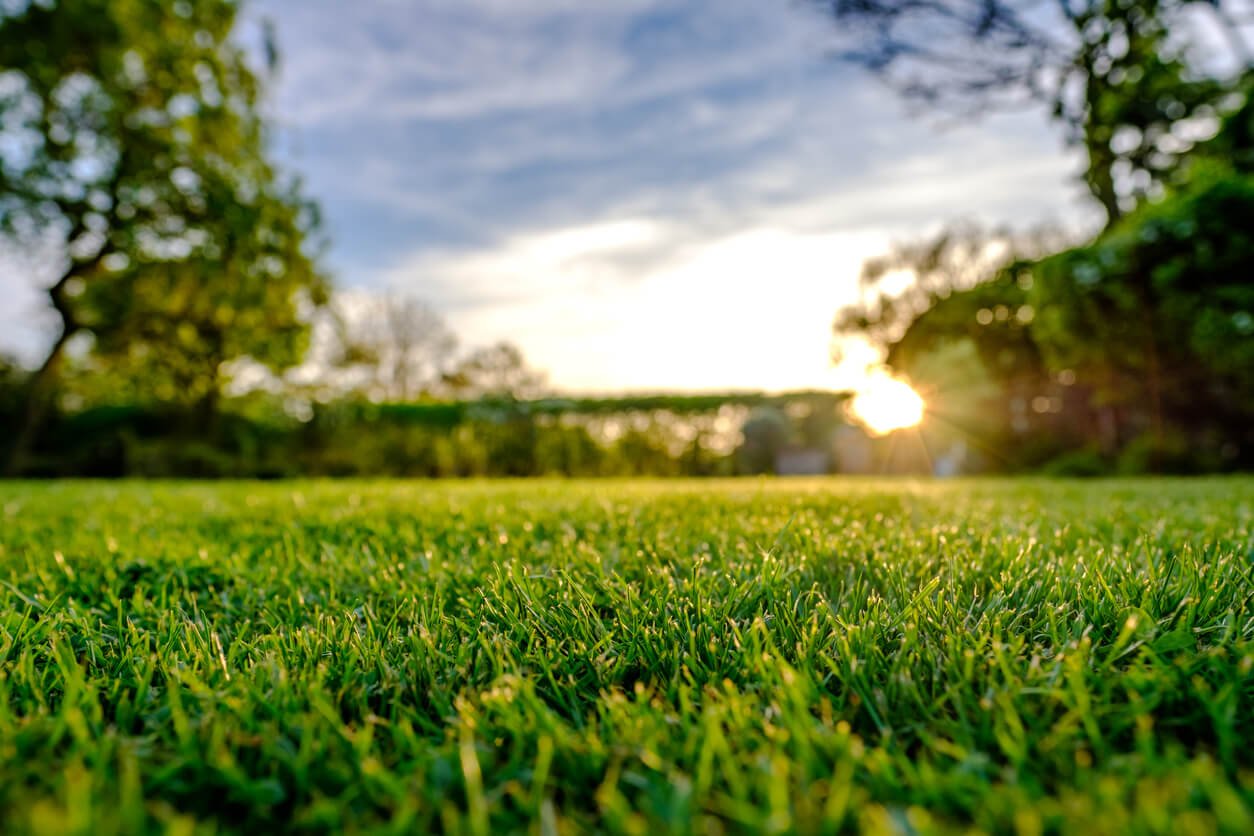

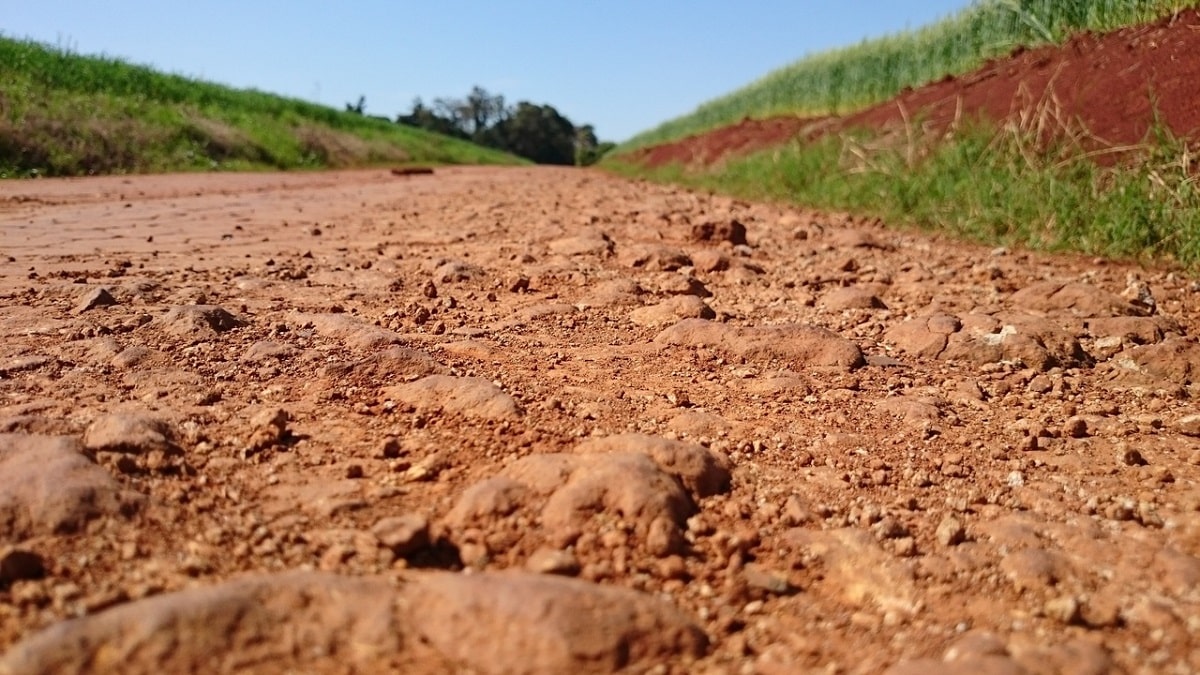
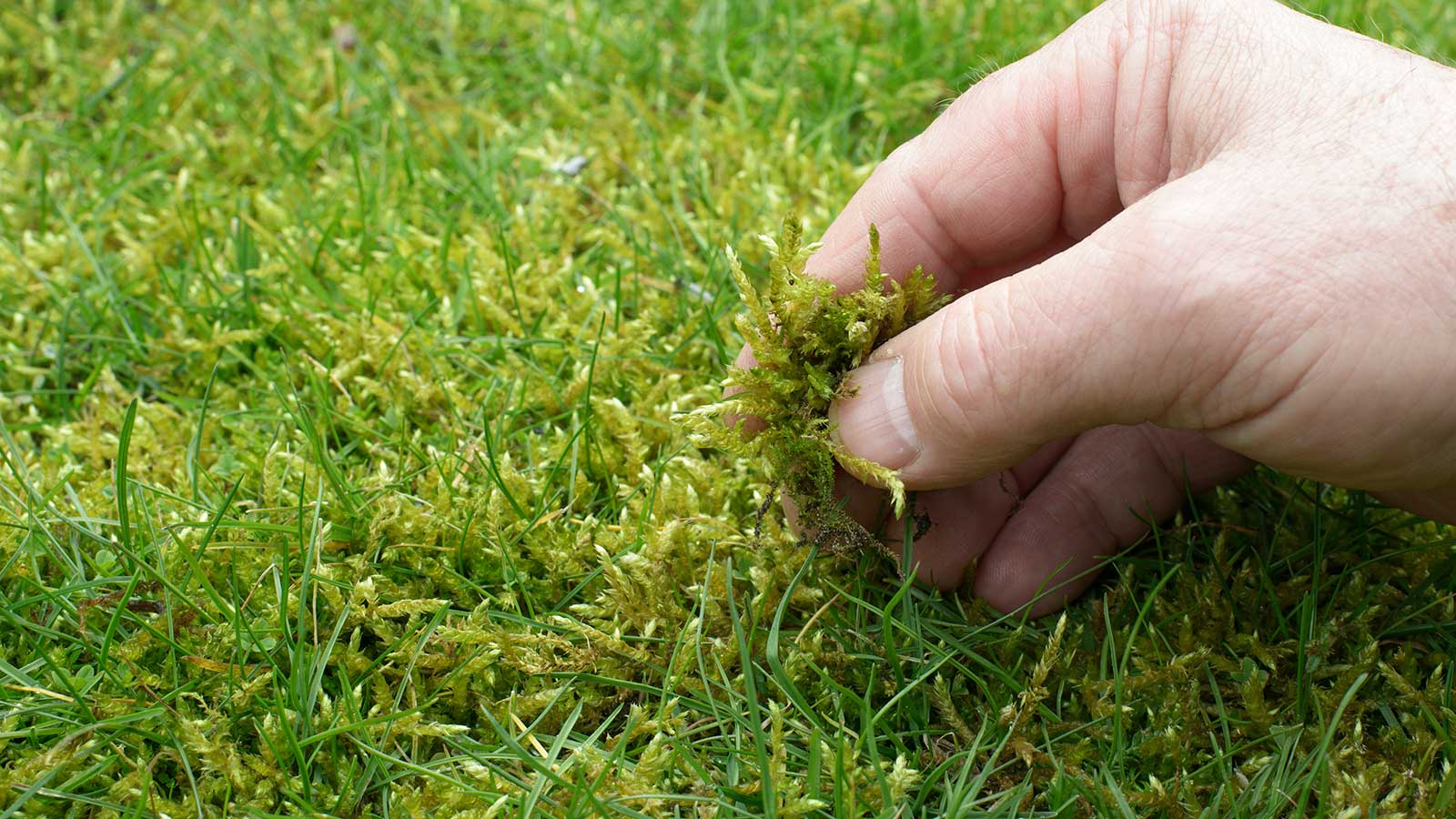

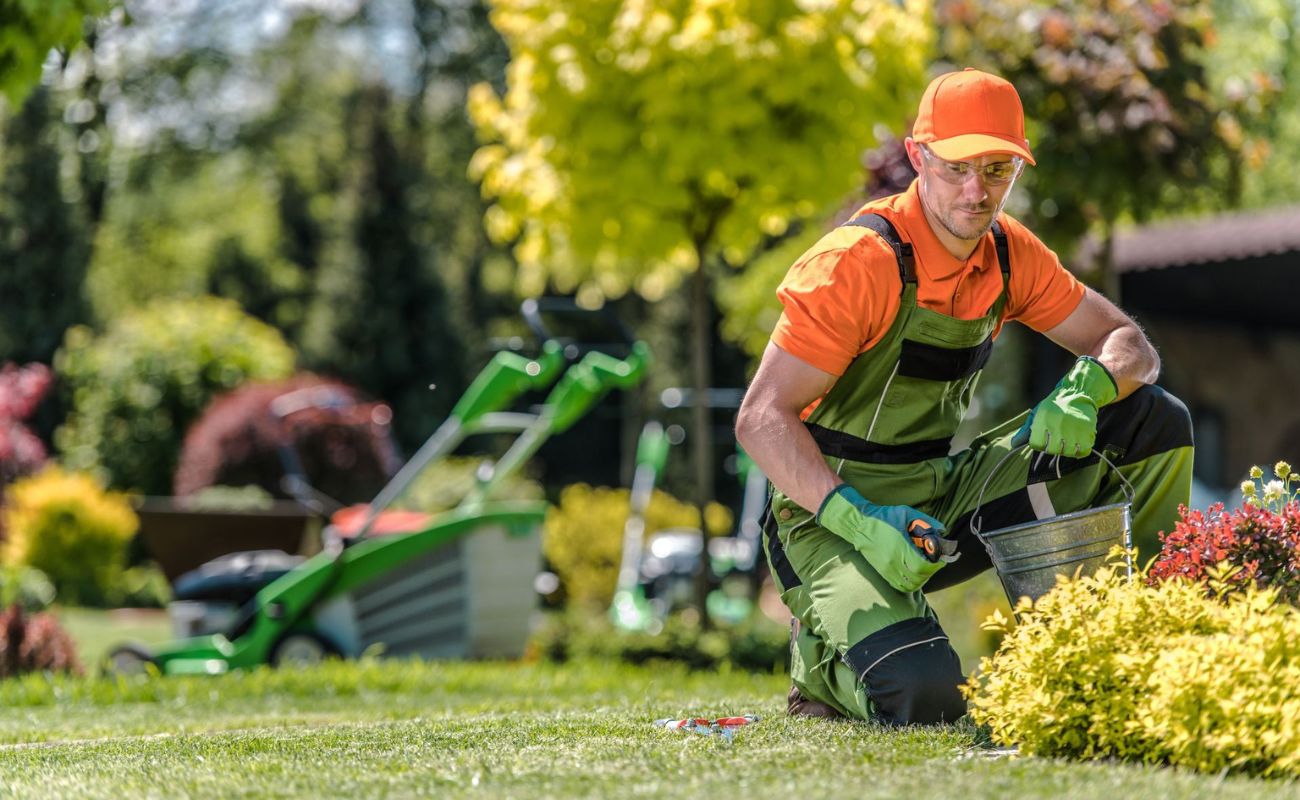
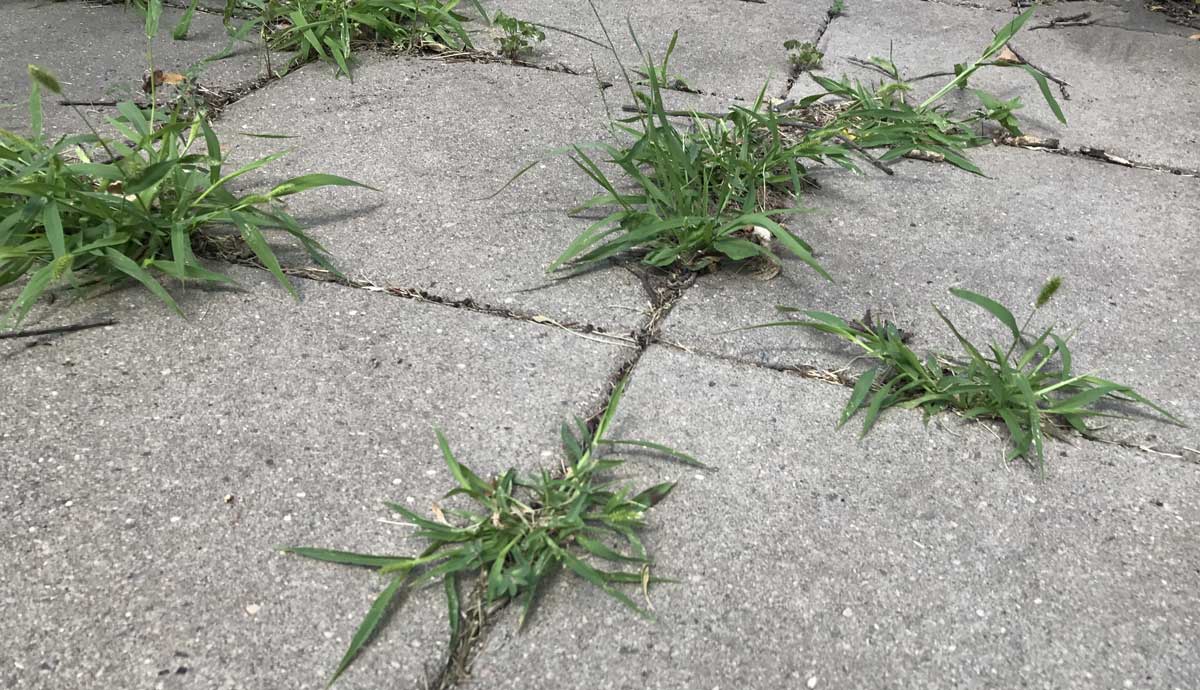
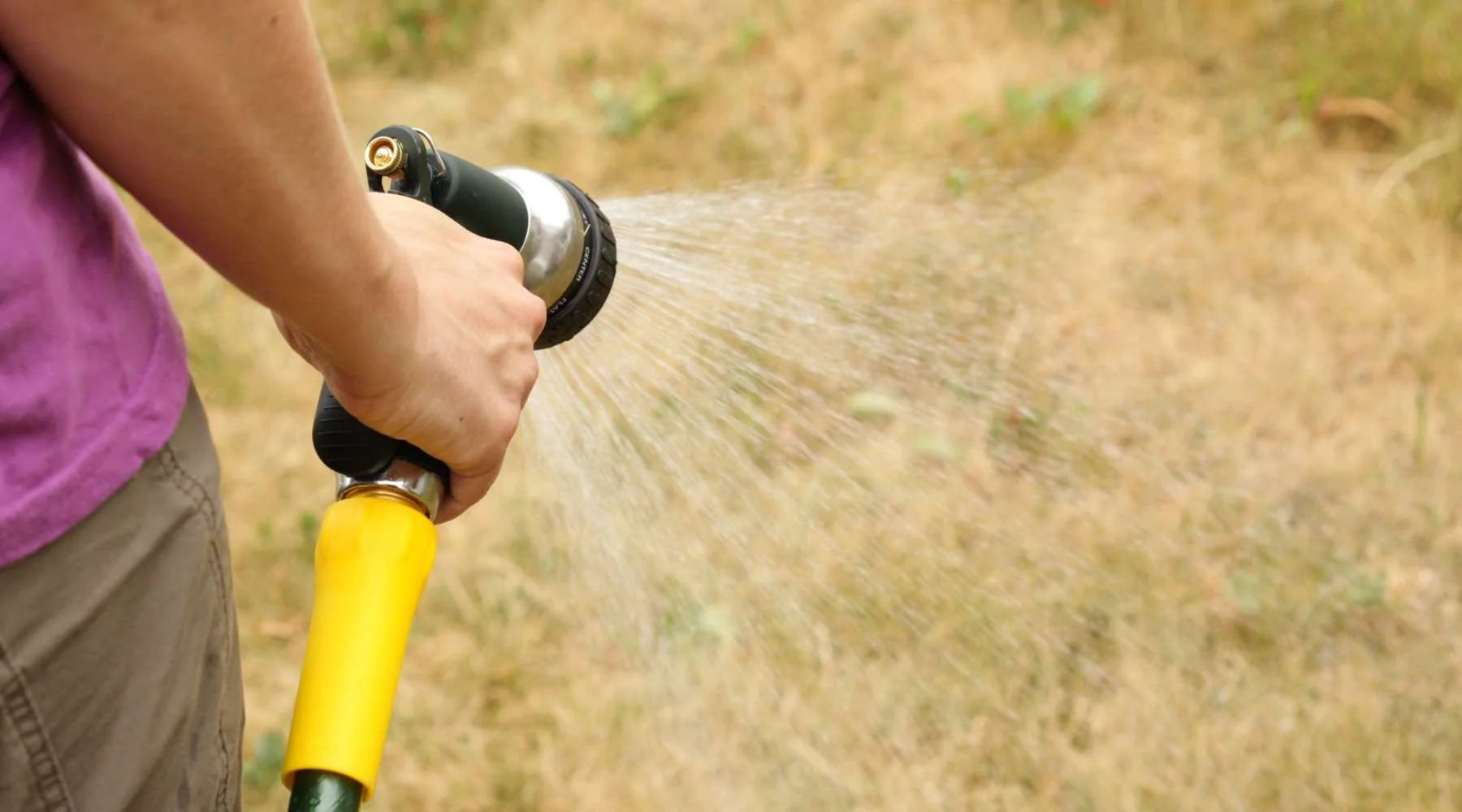
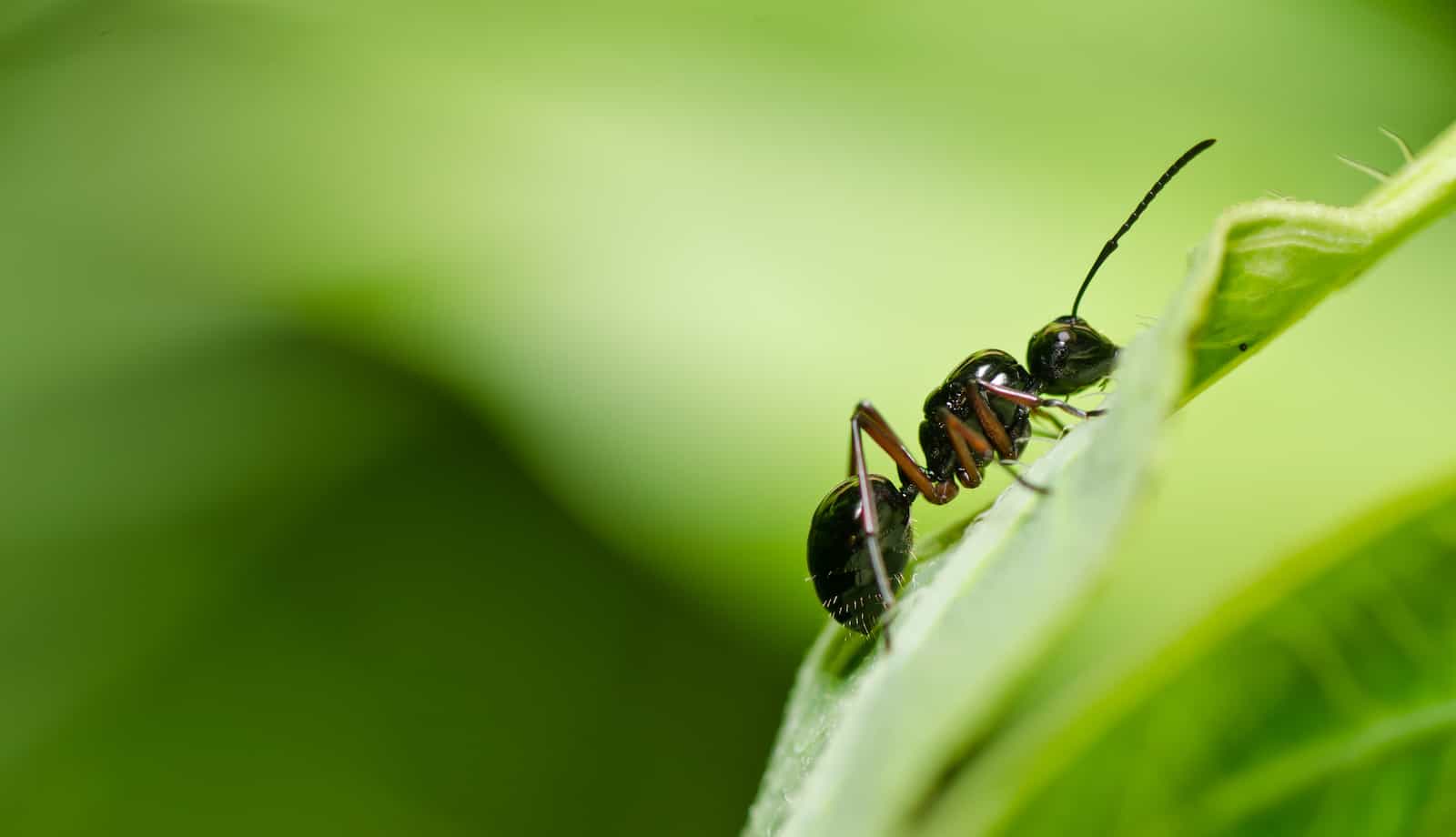
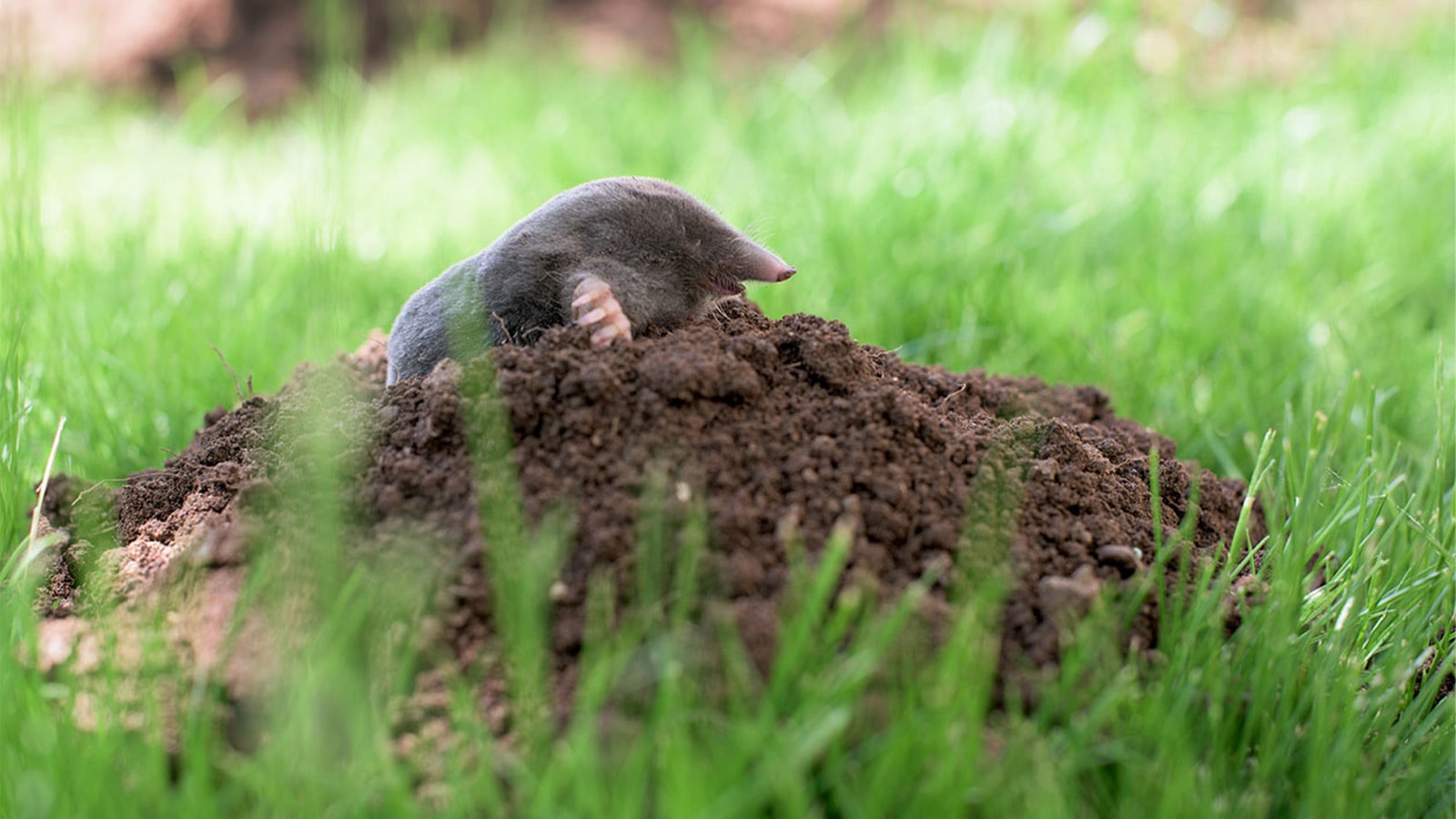
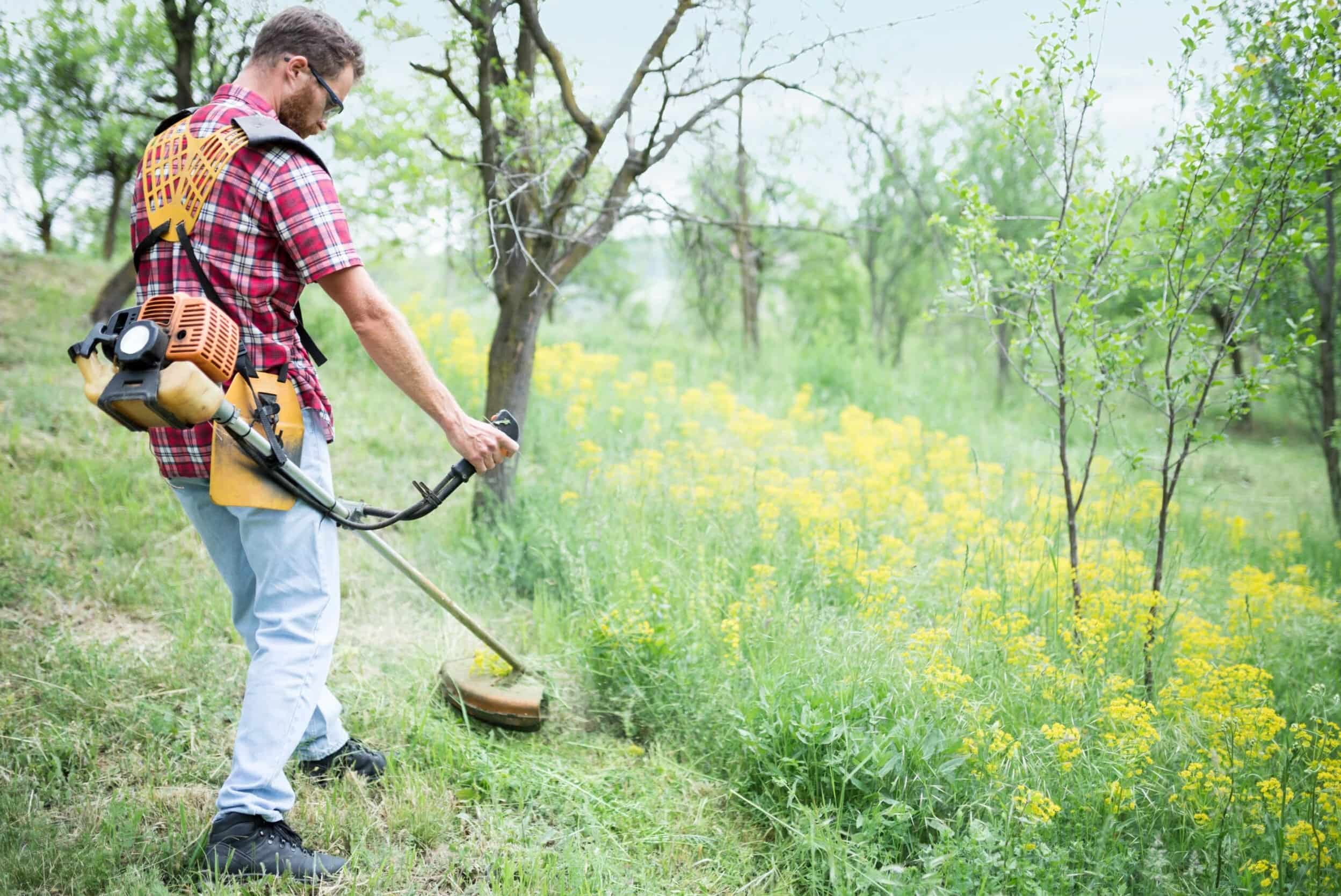

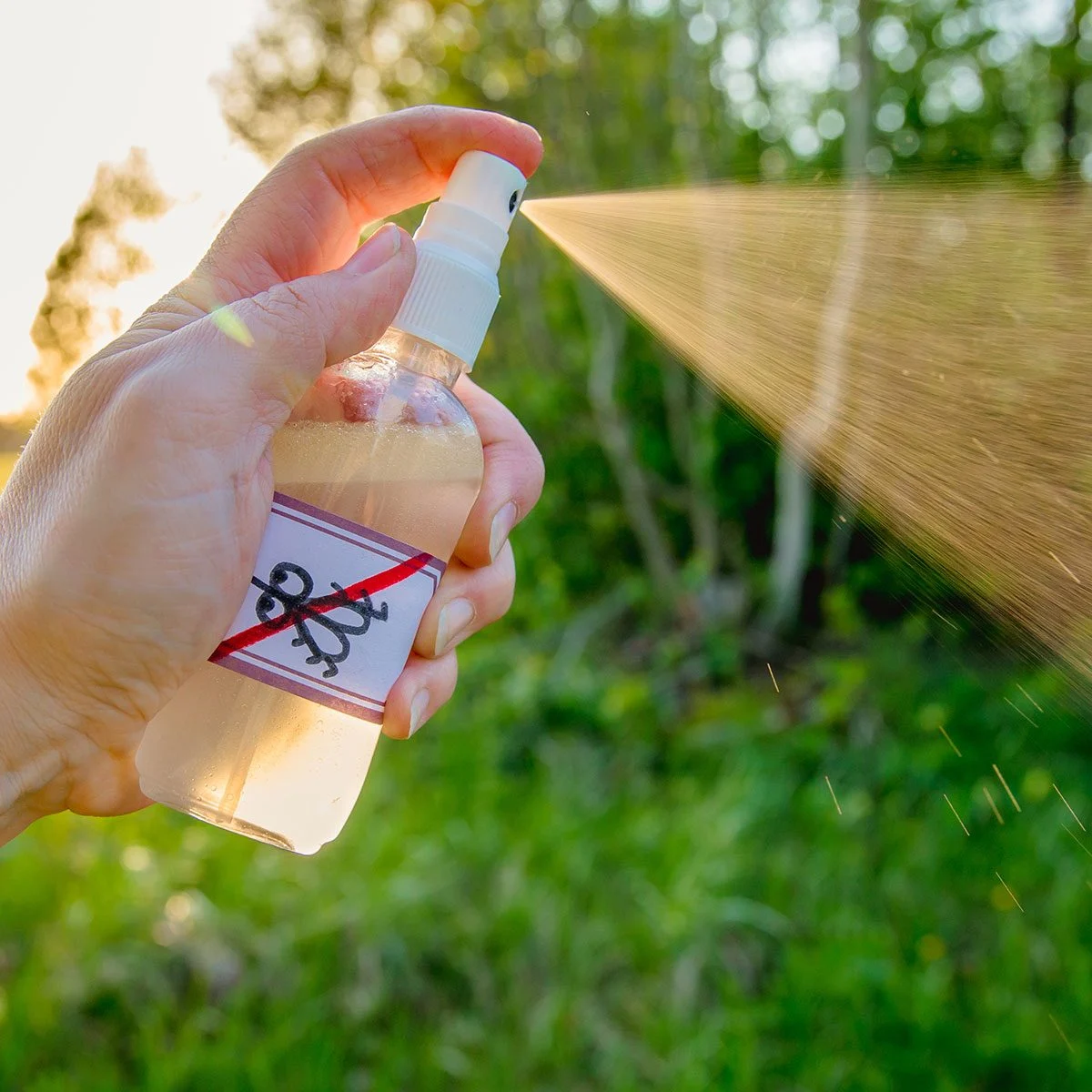


0 thoughts on “How To Get Your Grass To Grow”